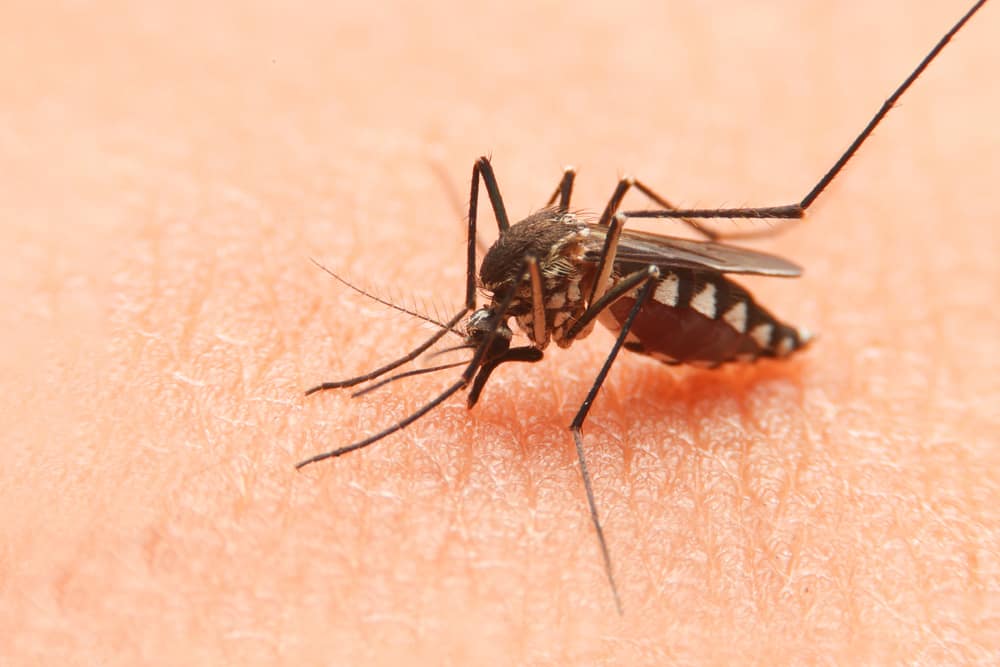Florida is famous for a lot of things – from its sunny beaches to its dangerous wildlife. As awesome as the former are, however, the latter can be extraordinarily annoying and sometimes outright dangerous. So, what are the 12 most notorious biting/stinging bugs in Florida and what do you need to know about them?
12 Biting/Stinging Bugs in Florida
Florida is full of all kinds of insects but not all of them have bites or stings that can cause unbearable itching, swelling, and pain. Which are the ones that do, however, and when would you need to whip out the big repellent and the pain relief creams?
1. Mosquitoes
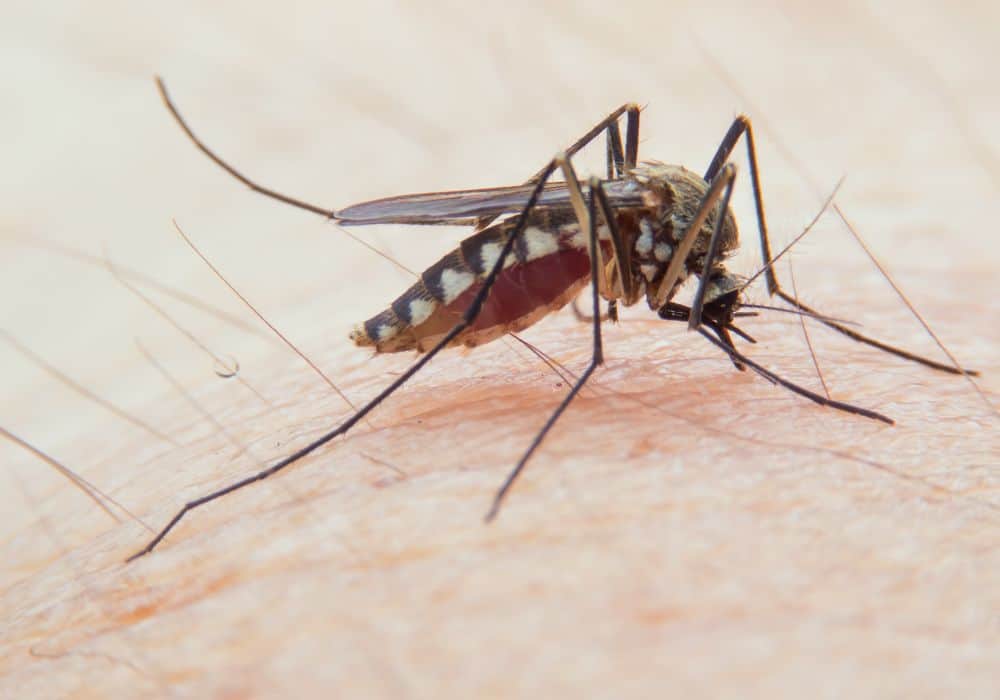
One of the most notorious biting insects in Florida, as well as in most other places, is the mosquito. It is only female mosquitoes that do the biting but even a single bite from them can be incredibly itchy and annoying. What’s more, mosquitoes are very common transmitters of lots of unfortunate diseases such as yellow fever, malaria, dengue fever, and others.
Mosquito nets are the best way to keep these flying insects out of your home but when you’re outdoors you pretty much have to rely on insect repellents every time you’re near water, otherwise, you’re very likely to get swarmed and bitten numerous times.
2. Yellow flies
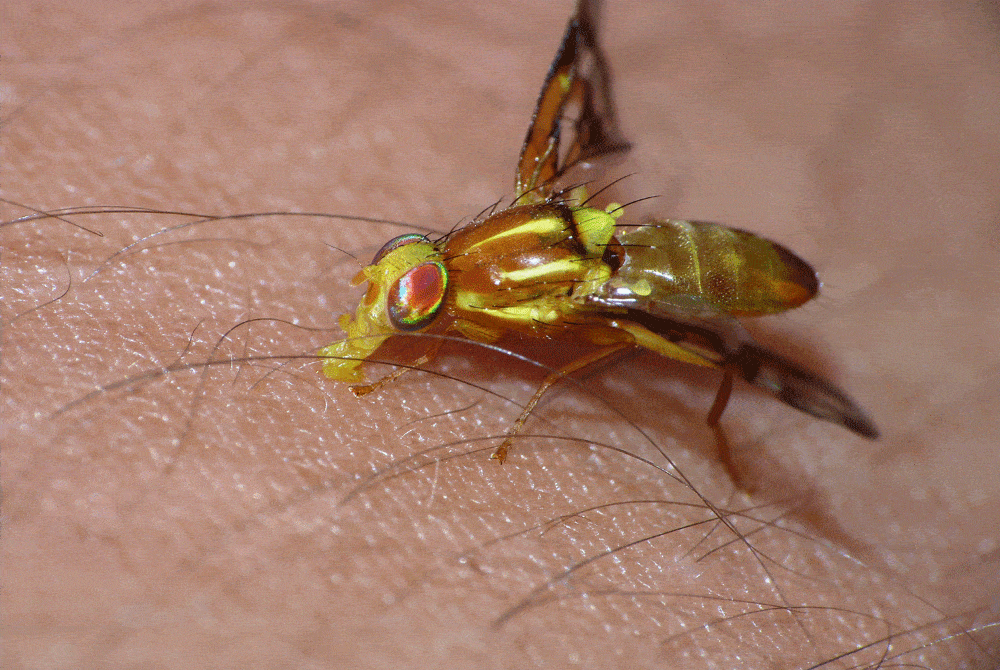
Credit: 30a.com
This type of horse fly is highly aggressive and rarely hesitates to bite. As with mosquitoes, it’s the females that bite and they do it for the same reasons too – they need the blood to better develop their eggs. Also like mosquitoes, yellow flies are most active in the summer but, unlike them, they are daytime pests rather than nighttime ones.
Long sleeves and pants are the best way to protect yourself from yellow flies when you’re outside and having mosquito nets for your home is also strongly recommended.
3. Wolf spiders
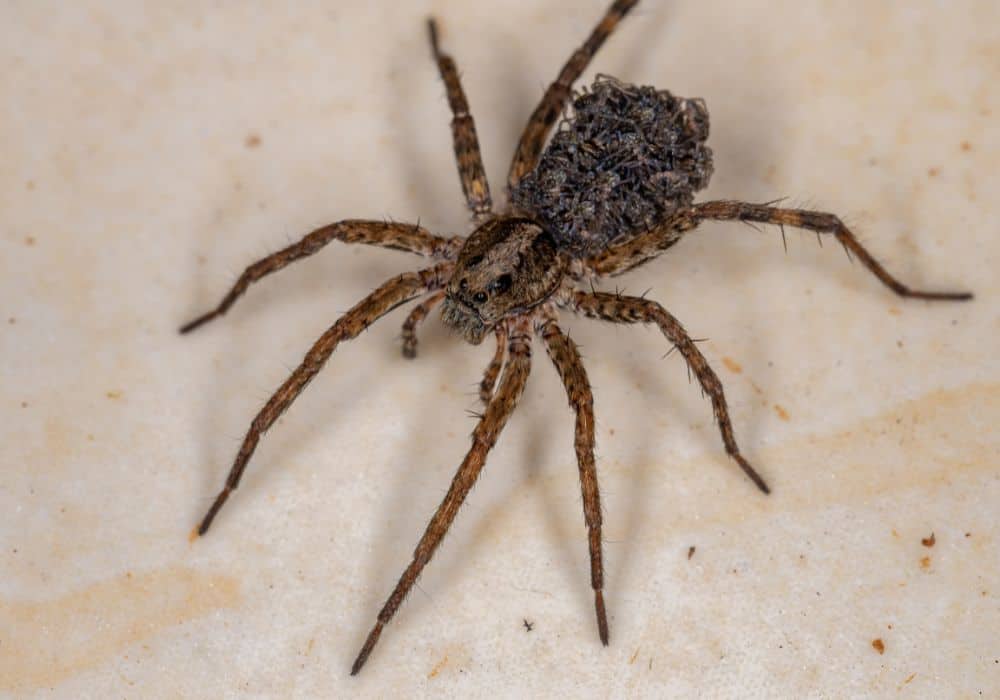
Florida is also the home of quite a lot of different spider species. Wolf spiders, for example, are exceptionally large and look quite ferocious. Fortunately, they are quite shy and unaggressive unless you accidentally make one feel threatened or trapped. In those cases, a wolf spider will likely lash out and try to bite.
Wolf spider bites are indeed venomous but they are not inherently dangerous to human beings, at least not unless you have a particularly major allergic reaction. They can be about as painful as a bee sting, however, so it’s generally recommended to just leave wolf spiders alone when you see them.
4. Chiggers
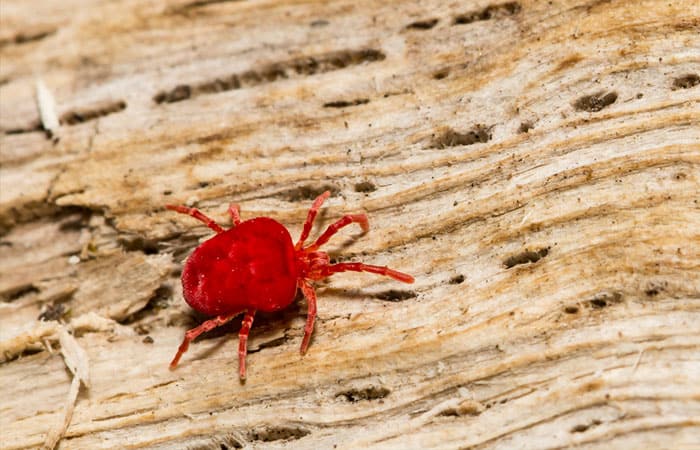
Credit: chiggerex
These tiny mites are very commonly found in low and damp areas with lots of vegetation of which Florida has a lot to offer. They seem similar to the ticks we’ll mention below but a key difference is that chiggers don’t drink blood. Instead, they inject the victim with a nasty liquid that isn’t exactly venom but it does dissolve parts of the skin which the mite then consumes.
Chigger bites tend to lead to painful welts that can be annoying for several hours. Hot soapy baths do alleviate the symptoms though.
5. Ticks

Ticks are present pretty much in place that has high grass and is frequented by livestock, animals, and people. Naturally, Florida offers a lot of such ideal locations for the thriving of ticks.
There are lots of different types of these insects too – American dog ticks, Lone Star ticks, Gulf Coast ticks, Black-legged ticks, and others. What’s even more unfortunate is that these insects transmit a lot of nasty diseases unique to them. Lyme disease is an especially big problem and the number of transmissions seems to rise every year.
The best ways to prevent tick bites are to always wear socks and long pants when threading on long grass or to just avoid such areas altogether. Aside from that, checking yourself for ticks immediately after getting home from a trek is also a great idea so that you can catch the problem as early as possible.
6. Reclusive spiders
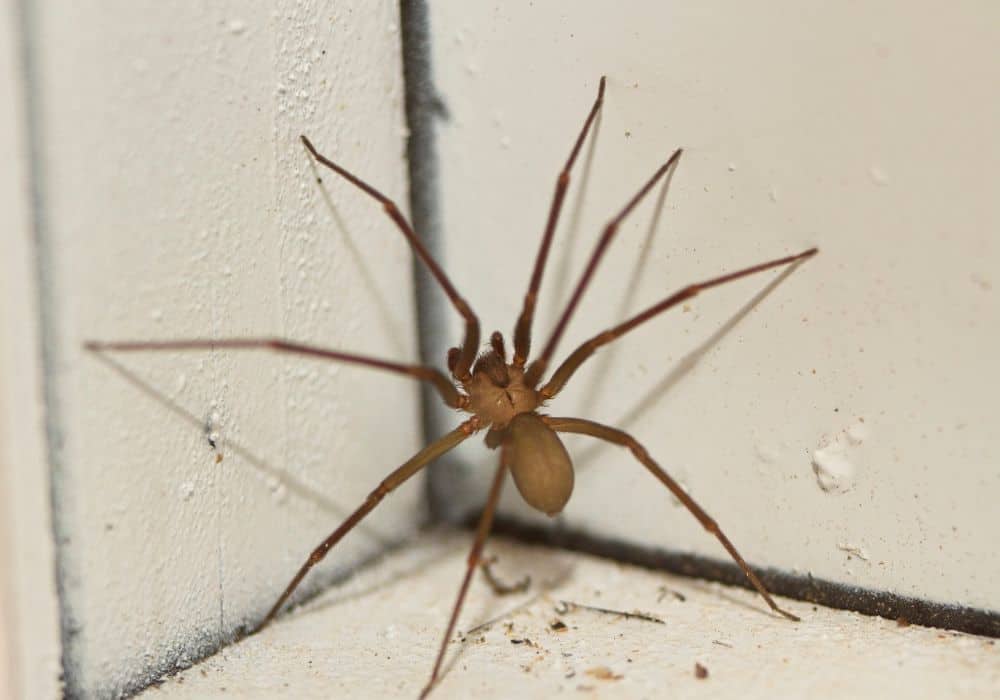
Reclusive spiders such as the brown recluse spider are not all that common in Florida, so, the chances of happening upon one are fortunately low. It does happen, however, and when it does, it’s smart to stay as far away from such spiders as possible as their venomous bites can easily send you to a hospital, especially if you’re allergic to insect and arachnid bites.
7. Wasps, hornets, and bees
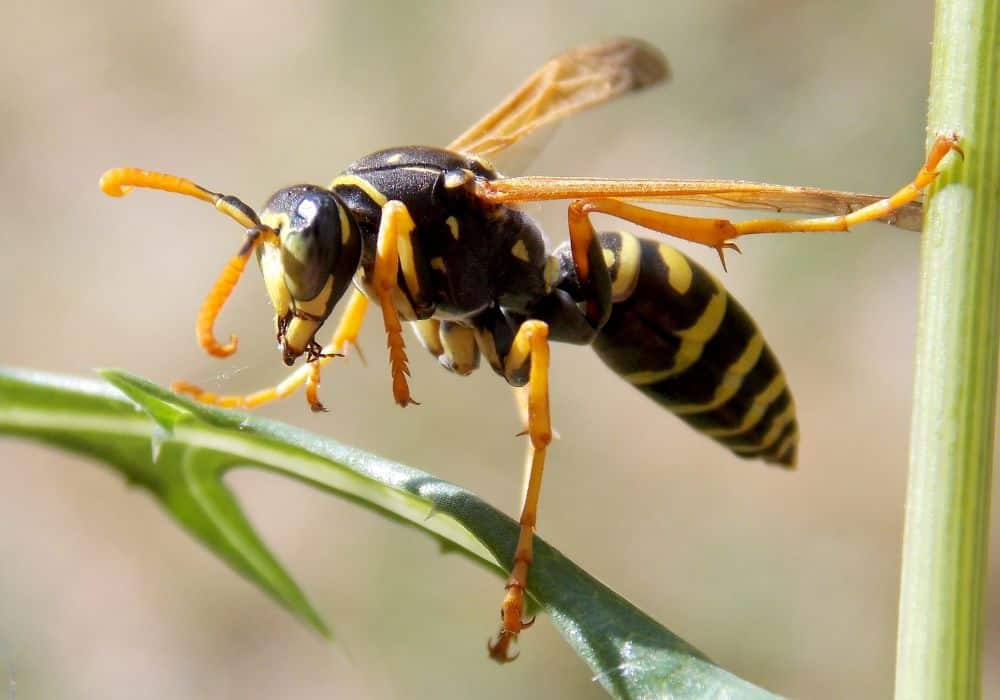
Of course, there are some major differences between honey bees, bumblebees, yellow jackets, and other types of bees, wasps, and hornets. The one commonality, however, is that all these flying insects can deliver powerful stings when they are feeling threatened and they often swarm when people get close to their nests.
These stings can be painful at best and incredibly dangerous at worst if you happen to have insect sting allergies. So, while bees are best left alone – both because they are the least aggressive and they are beneficial for the environment – wasps and hornets typically should be dealt with via pest control.
8. Red fire ants
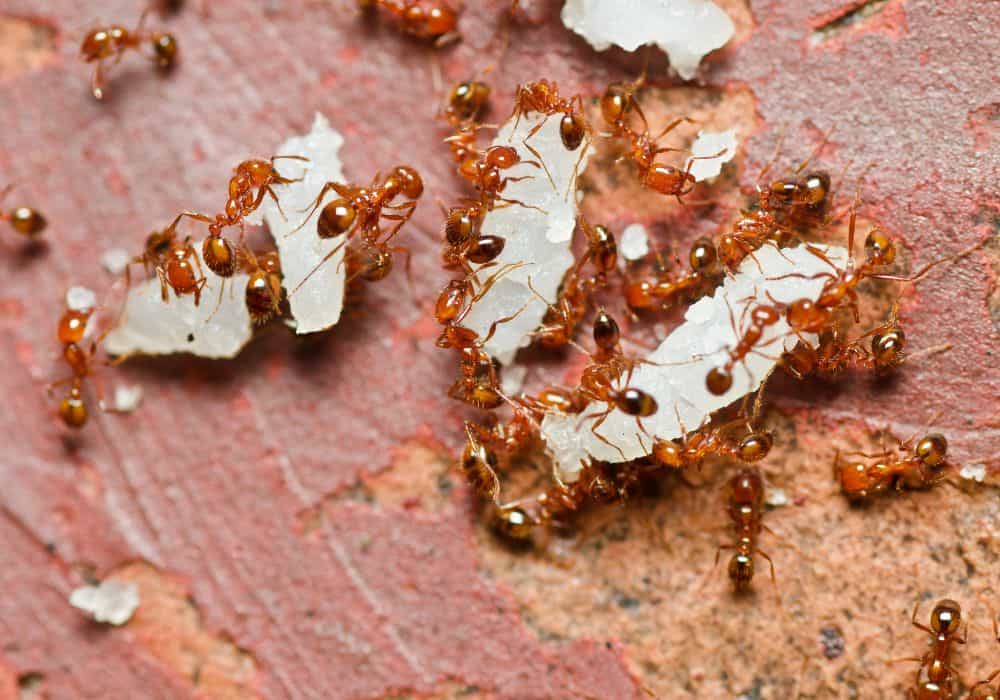
These tiny ants are among the most obnoxious and feared ant specie and for good reasons. Common all across the southern US including Florida, these insects don’t just bite people – they are also equipped with a nasty stinger that can inject venom multiple times before the ant has to retreat.
What’s worse is that these ants know their capabilities quite well and are very aggressive because of that – they don’t hesitate to swarm and attack people if they get even just somewhat close to their ant colony or to the ants’ food source. Stings from red fire ants can be very painful, to the point of necessitating painkillers, and often lead to the formation of white pustules that can itch for days.
These ant stings are so surprisingly unfortunate that they can even cause severe allergic reactions in many people.
9. Widow spiders
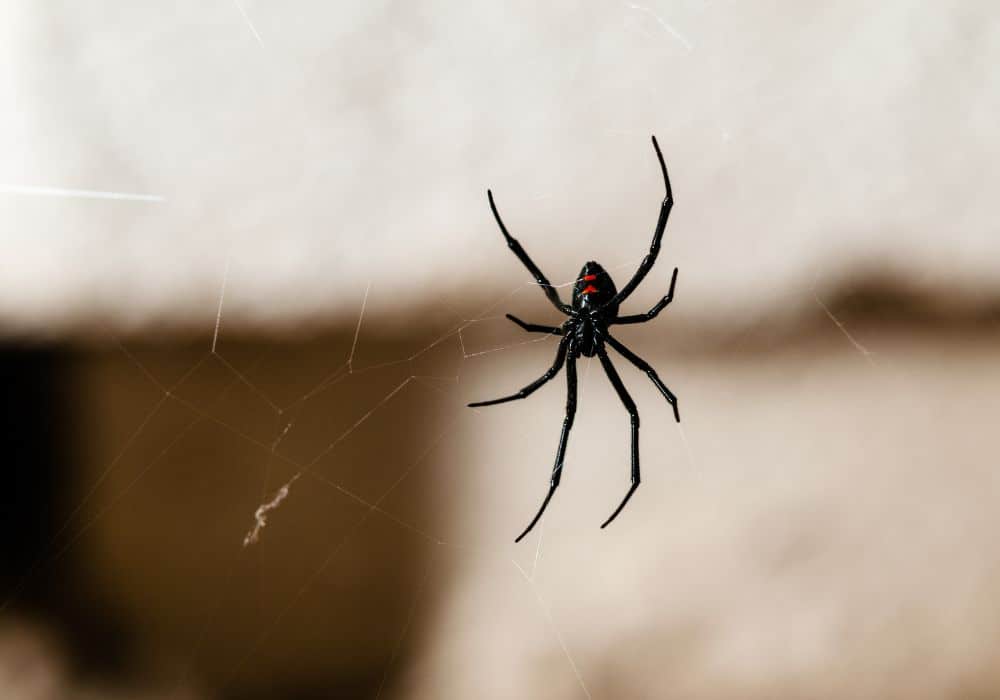
There are four main types of widow spiders in Florida, black widow spiders being by far the most famous ones. While widow spiders do get a bad reputation for being aggressive and “evil”, they are typically quite shy and non-aggressive unless they are threatened. That said, they do have a very strong venom so they can indeed be dangerous if provoked.
10. Carpenter ants
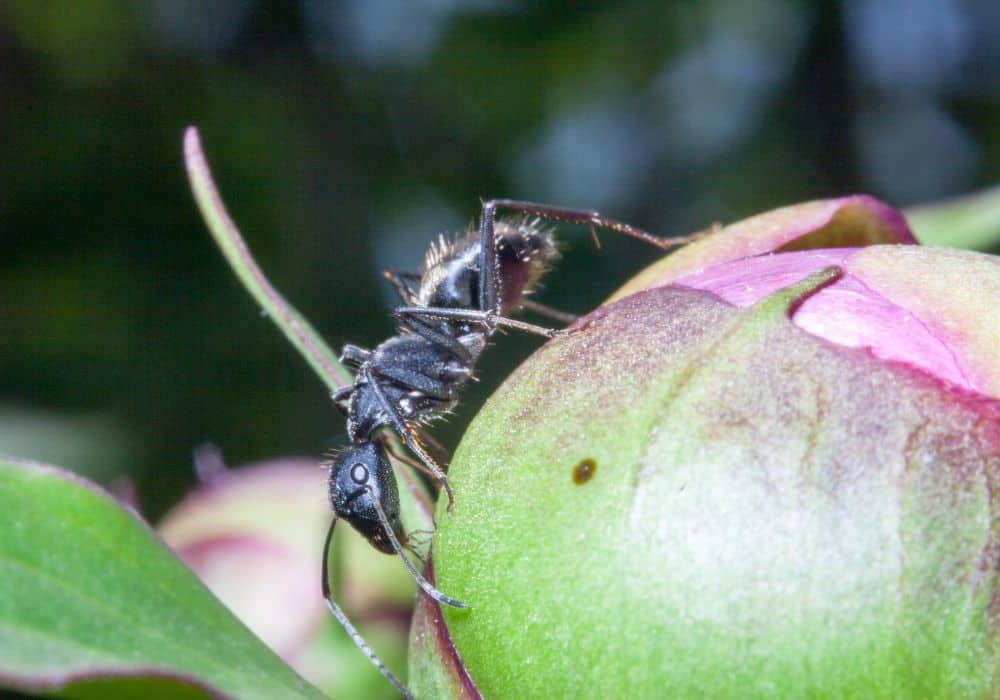
Often mistaken for termites because of their fondness for wood, carpenter ants don’t sting like their red ant cousins but they have large and powerful mandibles that are capable of delivering strong bites.
The good news is that the bite of a carpenter doesn’t have the same lasting effect as the sting of a fire ant but it is still quite painful both because of the strength of the bite and the formic acid that’s delivered through it.
11. Biting midges
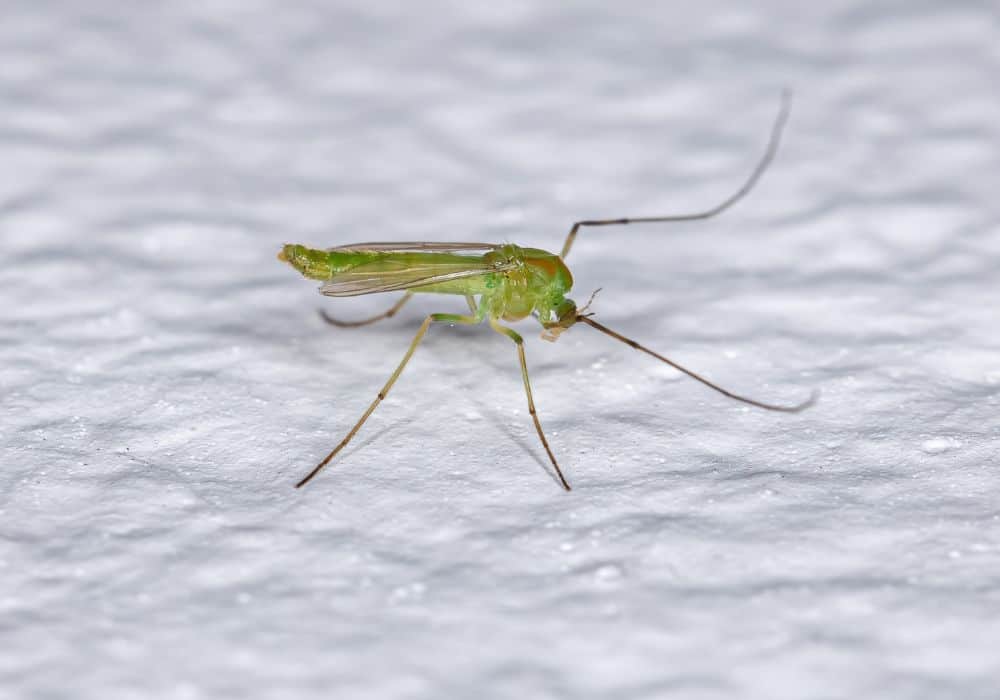
Also known as no-see-ums or sandflies, biting midges aren’t the most severe biters. In fact, a lot of these sandflies don’t bite at all. The ones that do can be a bother, however, mainly because they like to swarm. This means that if you’ve gotten close enough to a swarm of no-see-ums to be bitten by one of them, you’re likely going to get bit by a lot more than just one midge.
Each bite of these sandflies brings with it a slight burning sensation which can be amplified quite unpleasantly if you get bitten by a lot of insects at the same time. The good news, however, is that biting midges aren’t known for transmitting nasty diseases the way mosquitoes or other insects do.
12. Bed bugs
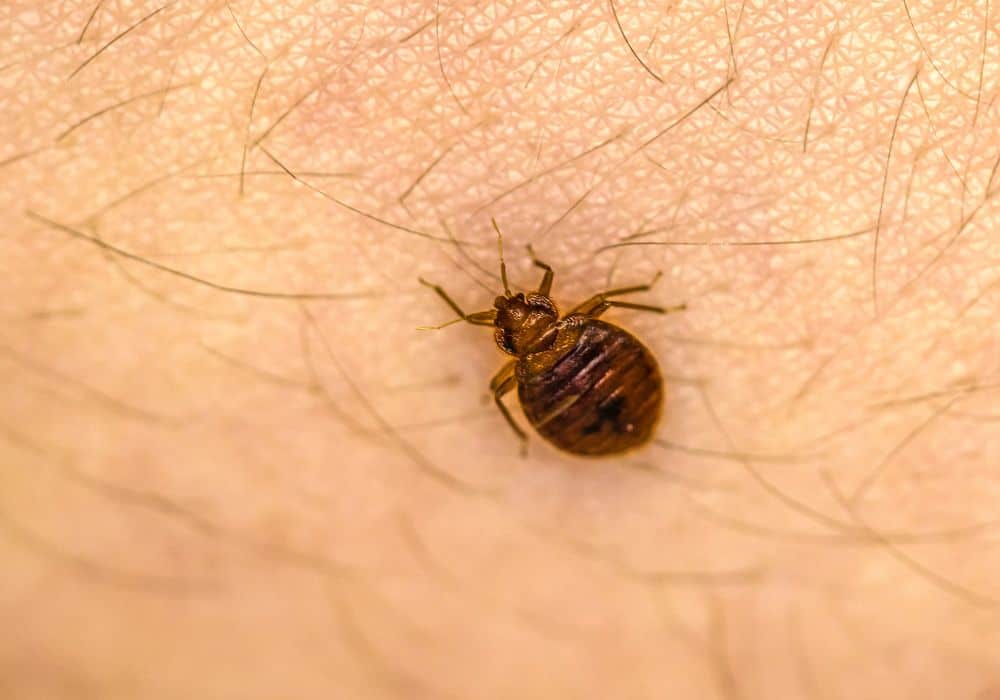
As their name implies, bed bugs typically dwell in beds and other furniture pieces such as couches, sofas, and others. They can also live in clothing and bags. The way bed bugs get there is usually by hitchhiking on people from one place to another.
Once they’ve settled in your furniture, they are experts at staying hidden during the day and going out for a bite during the night. Their extra small size makes them especially difficult to spot too.
A bed bug bite doesn’t typically transmit diseases but it’s annoyingly itchy. What’s worse is that bed bug infestations almost always remain undetected in the beginning and only start getting noticeable when the population hits high numbers and is difficult to deal with.
In conclusion
All in all, Florida is full of quite a lot of pests. Even with decent pest control at home, one can’t really escape the risk of bug bites and stings when outside. So, having one or two good insect repellents at hand is always a good idea, especially if you’re going camping, fishing, or anything similar.
